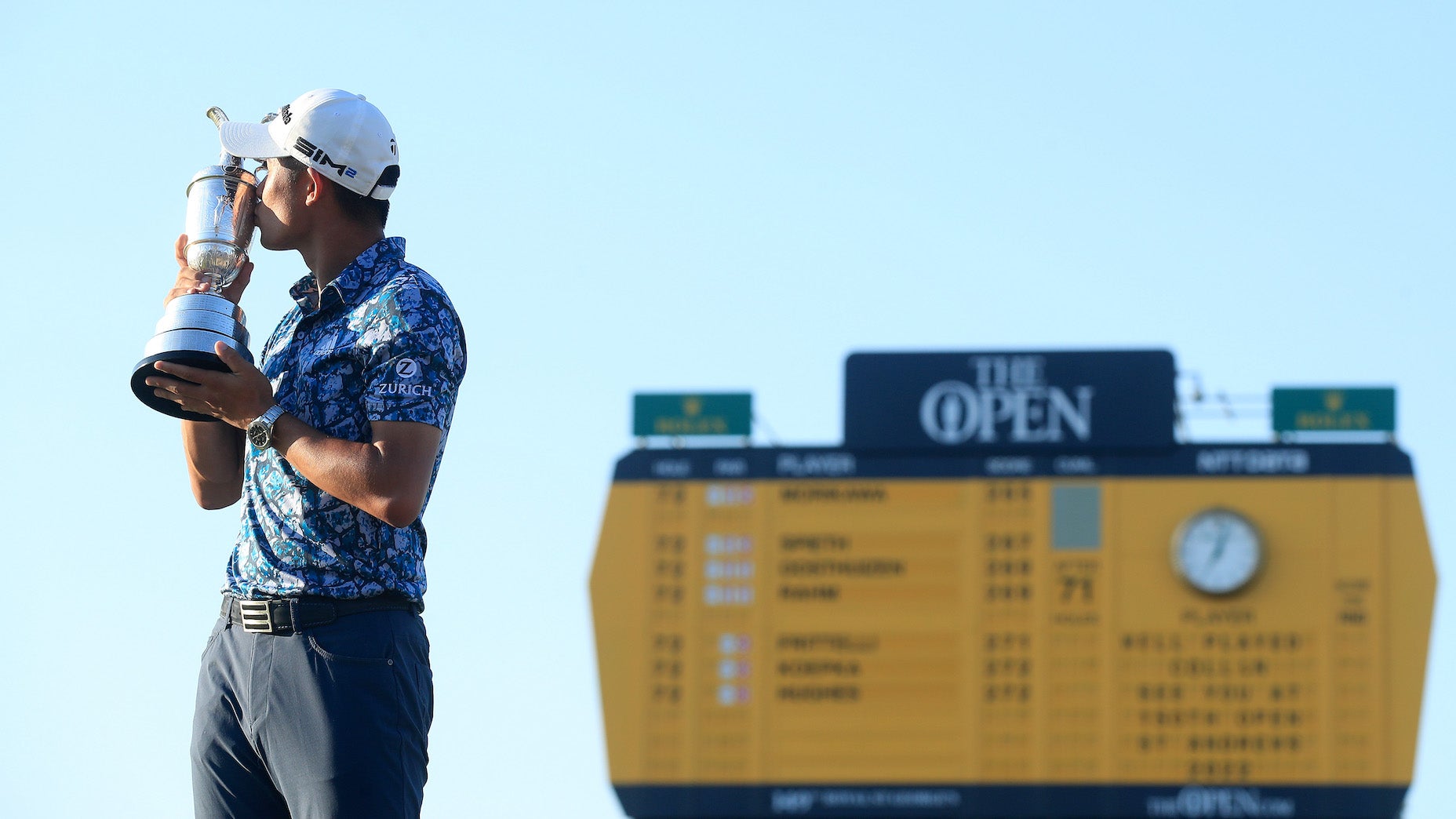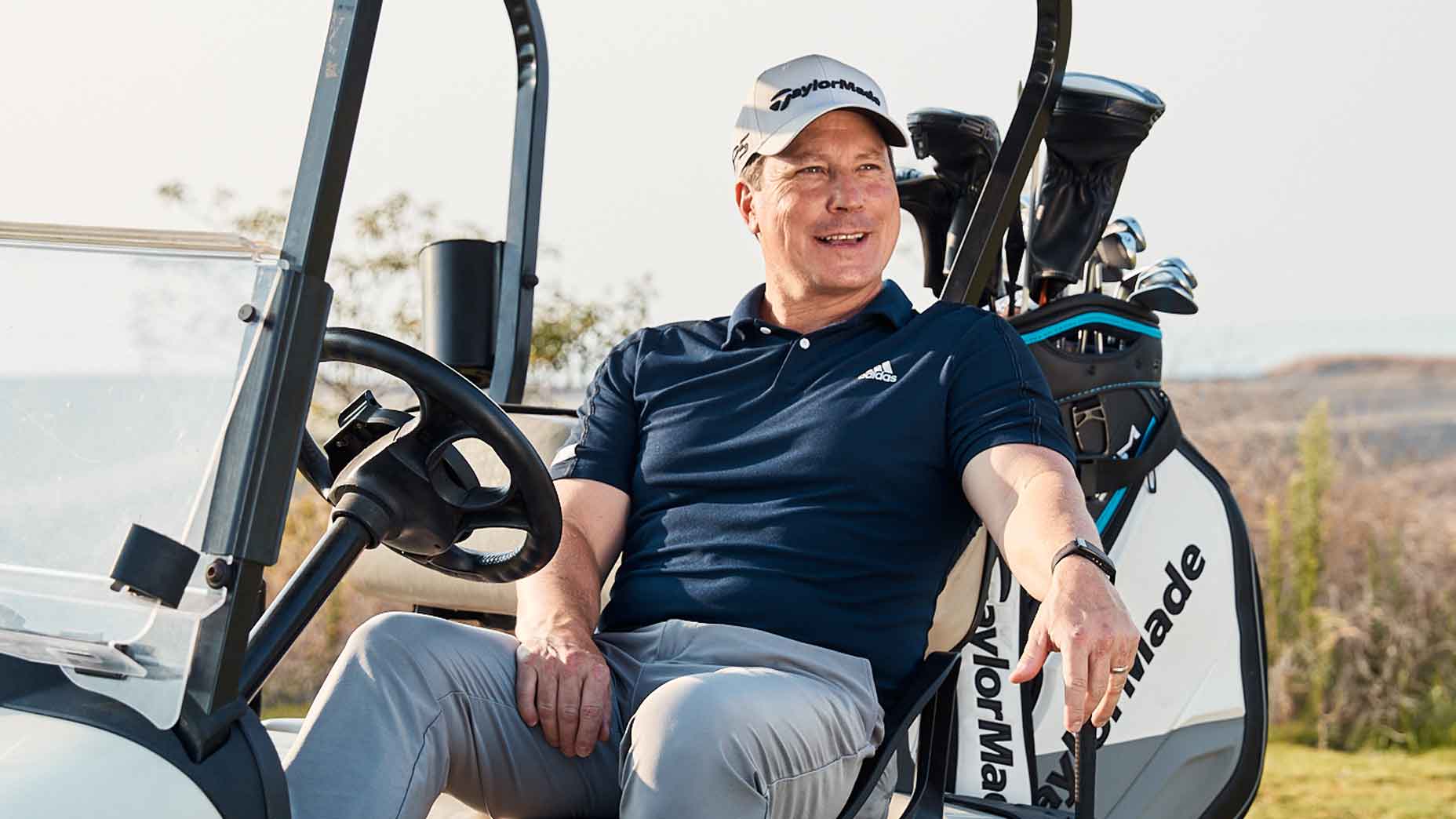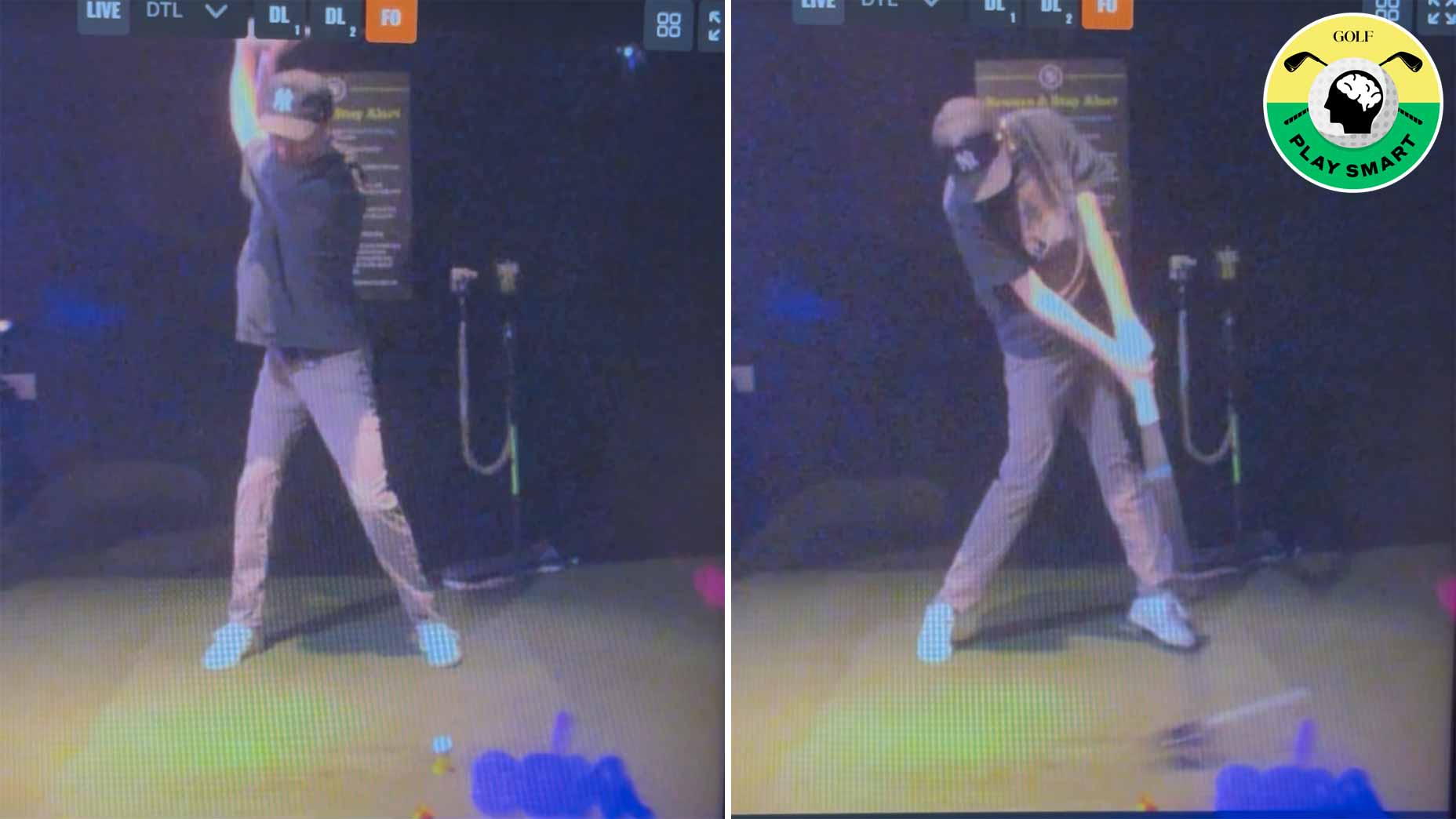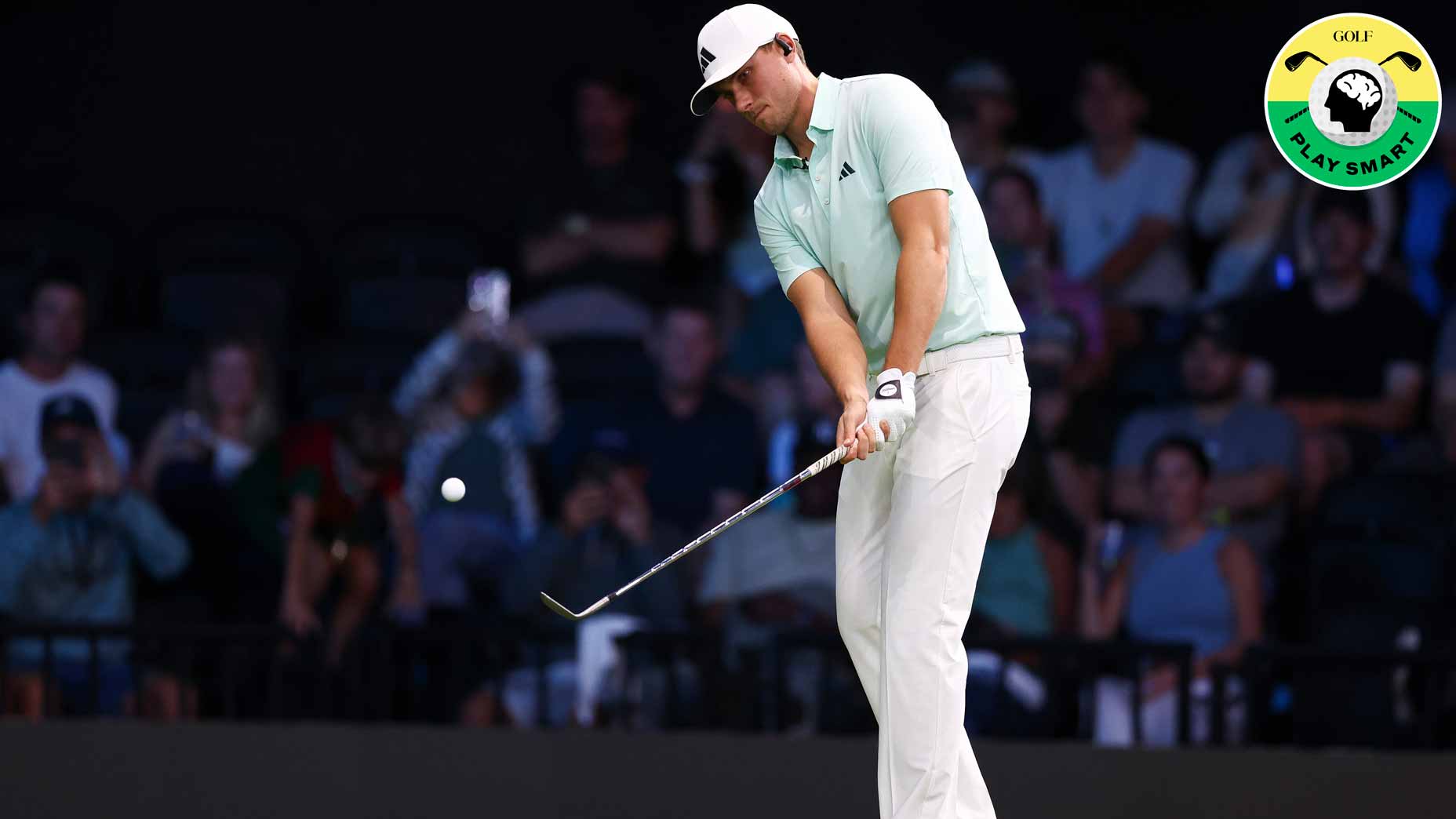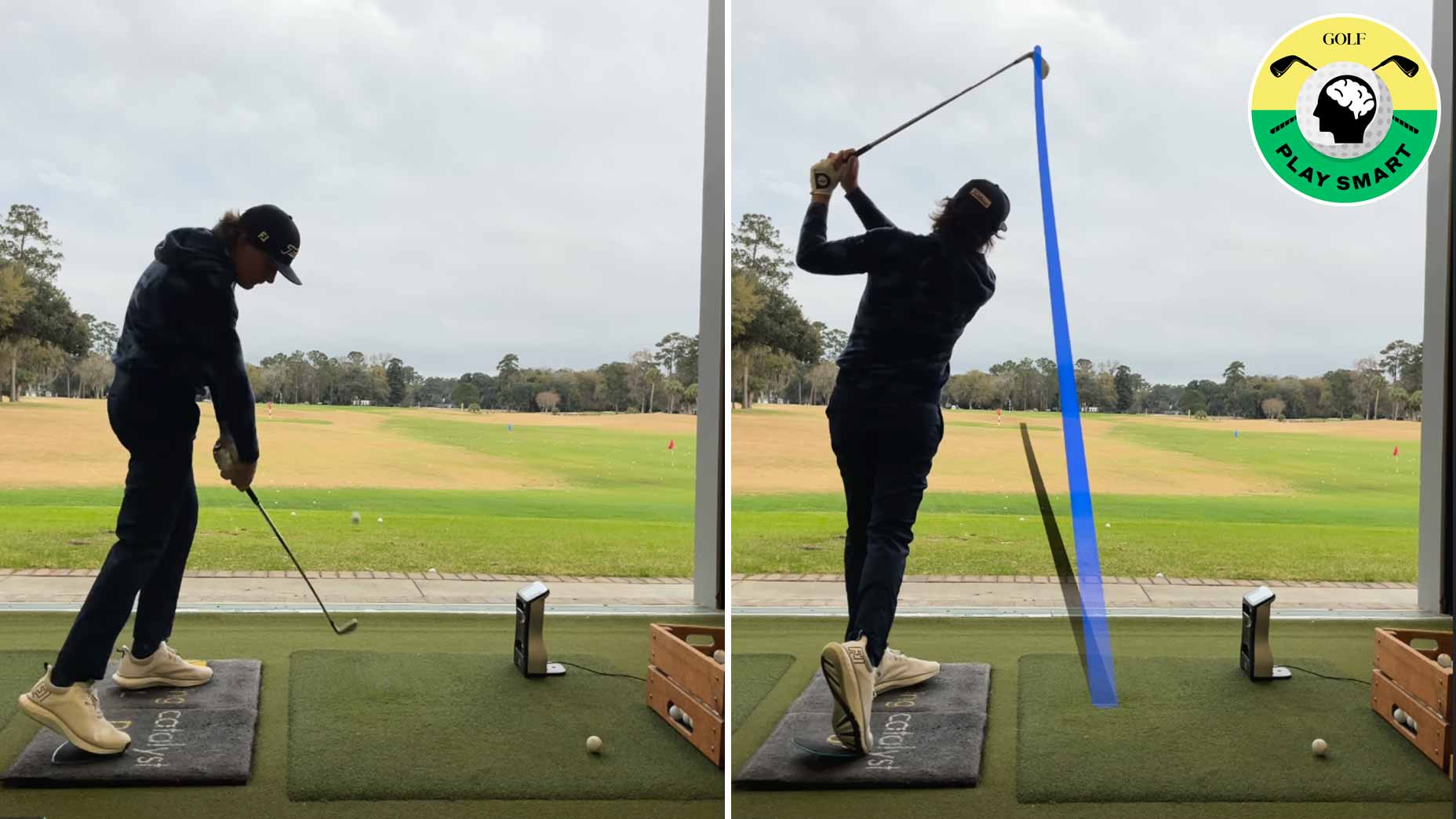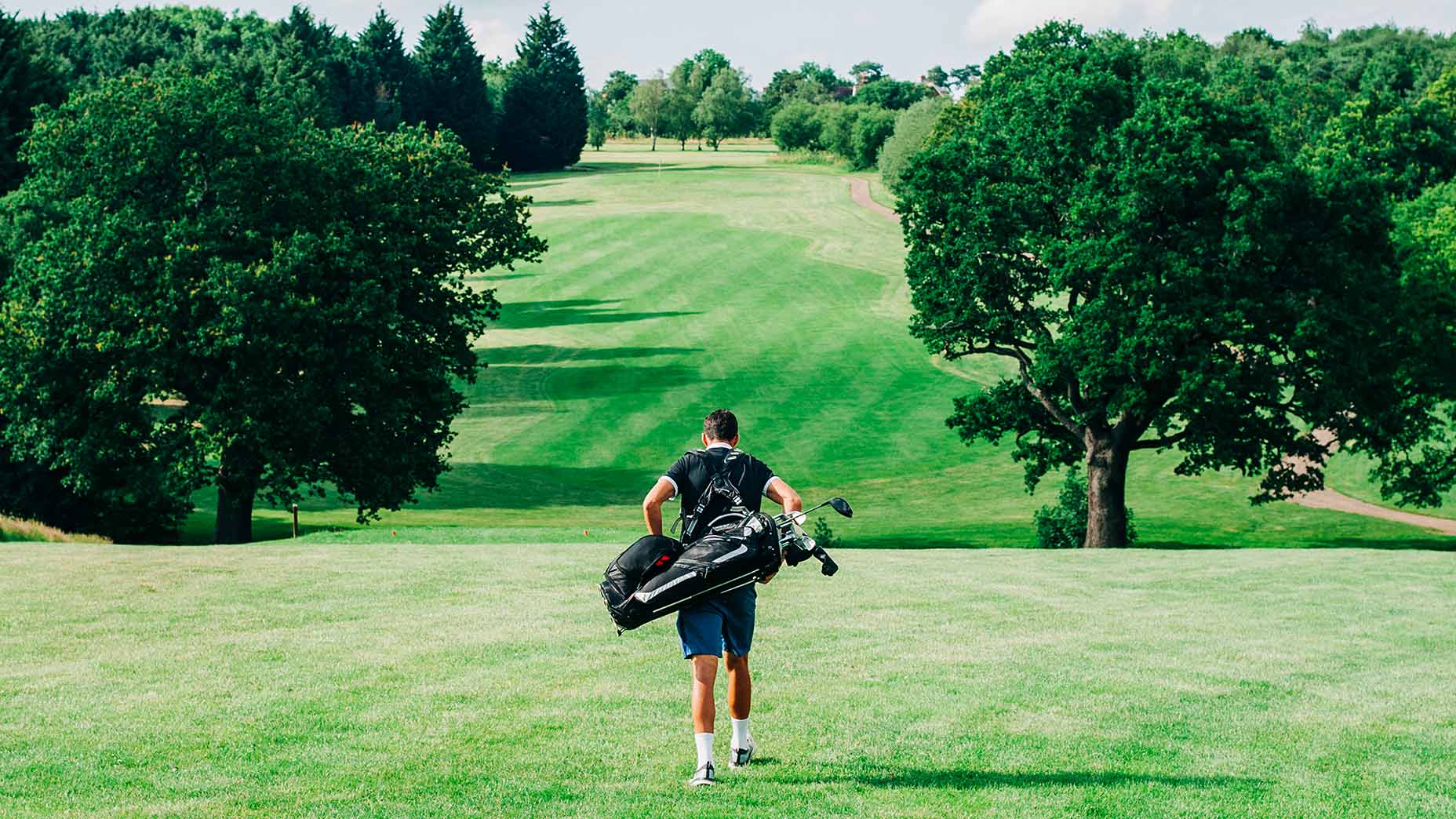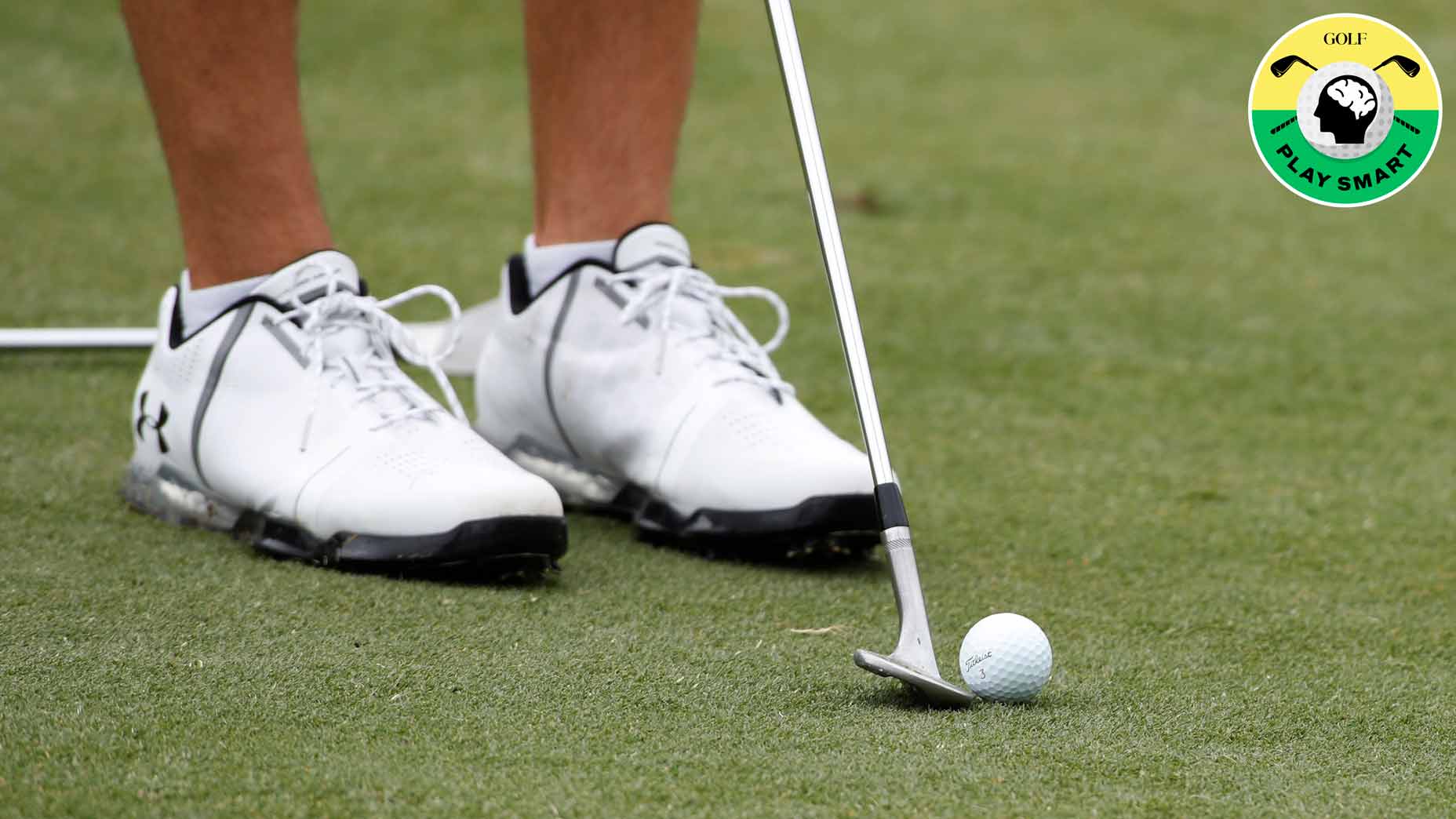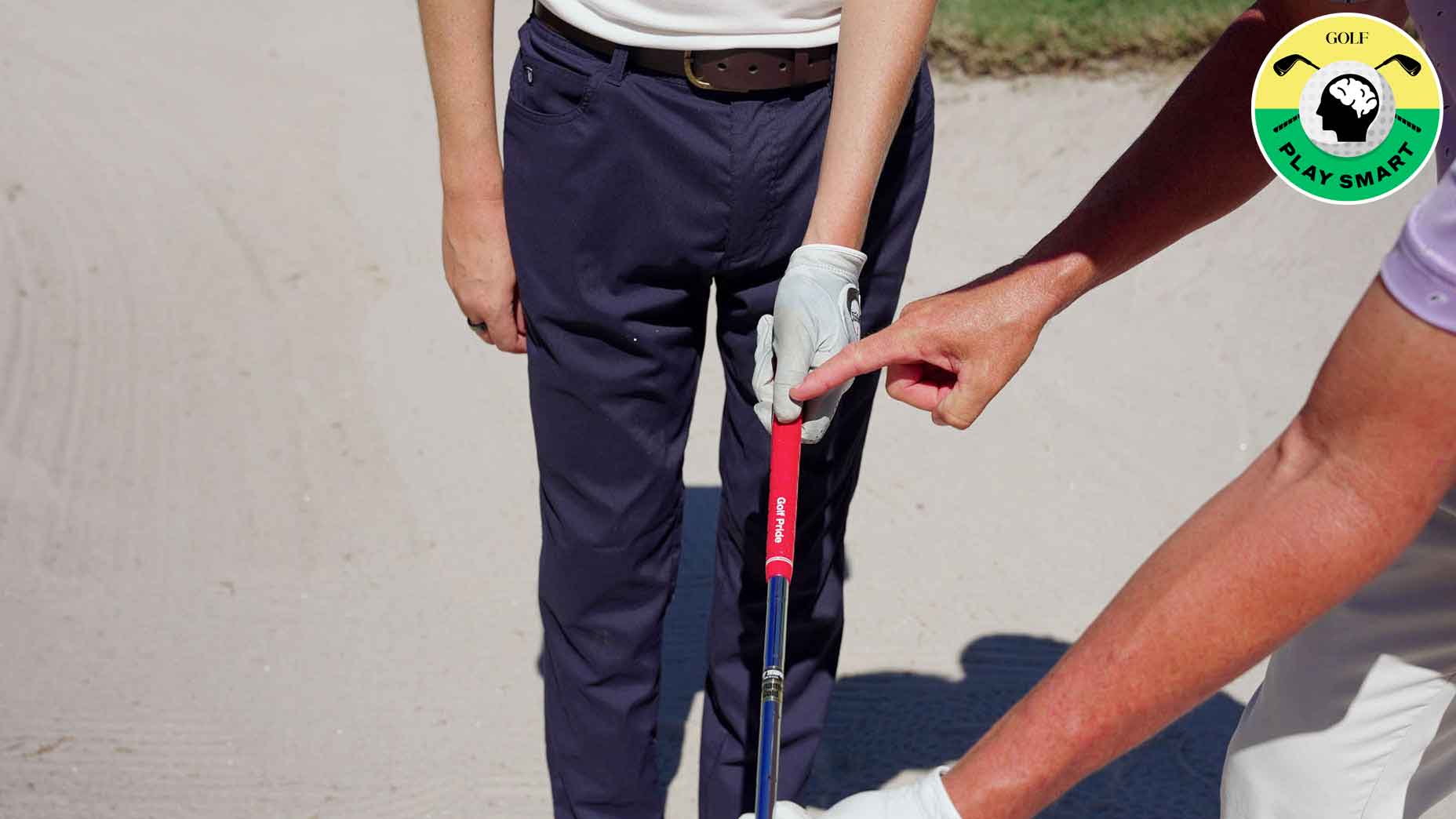Welcome to a special Open Championship edition of Play Smart, a game-improvement column that (normally) drops every Monday, Wednesday and Friday from Game Improvement Editor Luke Kerr-Dineen to help you play smarter, better golf.
It’s ironic that, in capturing a second win in his eighth major start, 24 year-old Collin Morikawa’s golf swing is destined to be used as a model for the young golfers of tomorrow. It’ll be dissected and analyzed, its component parts disseminated into golf swings everywhere.
It’s the fate of every great golfer and the game, on the whole, will be better for it. The irony comes in that those who thrive from Morikawa’s influence will be the beneficiaries of an approach that couldn’t be more different than the one that worked for the man himself.
When it comes to hard technique, Morikawa’s golf swing is undeniably the finished product. He couldn’t be the best ball-striker on Tour without it, and coaches will line up to tell you how much they love it. But for Morikawa and his coach, GOLF Teacher to Watch Dr. Rick Sessinghaus, the priority has always been on the softer stuff — the intangibles. They spent countless hours working on technique, but always with an eye on how it would actually help him play golf. It’s something that seems so simple, yet for golfers who wade into the weeds looking for their own answer, they often forget what they’re looking for in the first place.
Learning to play golf, not golf swing
According to Collin Morikawa's coach Rick Sessenghaus, he and Morikawa have only used Swing Catalyst together once, and they only use Trackman about once a month, just to check up on face/path numbers.
— LKD (@LukeKerrDineen) July 16, 2021
"Ball flight tells us what we need to know."
Safe to say, it works 🎯 pic.twitter.com/MPge8I6JuN
Sessinghaus, who worked with Morikawa once a week from ages eight to 18 and continues as his coach today, has only used Swing Catalyst with his student once, and says the pair use Trackman very sparingly, mostly just to check up on baseline numbers. That Morikawa doesn’t use technology — or, indeed, his coach — as a crutch is a pinnacle all golfers should strive for, he says. But it takes work to get there.
“The ball flight tells us what we need to know,” Sessinghaus says. “Since he was eight years-old, we’ve worked on developing the skills he needs to actually play golf.”
Meet the coach who helped build Collin Morikawa’s rock-solid mental gameBy: Alan Shipnuck
Morikawa used his exacting fade to navigate around Royal St. George’s on Sunday, but the two-time major champion actually grew up hitting a slinging draw.
“He’d slide his hips a little bit more toward the target, moving the club slightly under plane — he’d have to manipulate the clubface in order to square it up,” Sessinghaus, writing for GOLF Magazine last month, explained.
Like most junior golfers, Morikawa’s body wasn’t developed enough yet to get the distance he wanted out of a fade, so they worked on playing what he had and improving his IQ. Every practice session would end with some kind of competition. As Golf Digest‘s Daniel Rapaport explained, the pair would drop golf balls around the course, go through their full routine, and practice different shots under pressure.
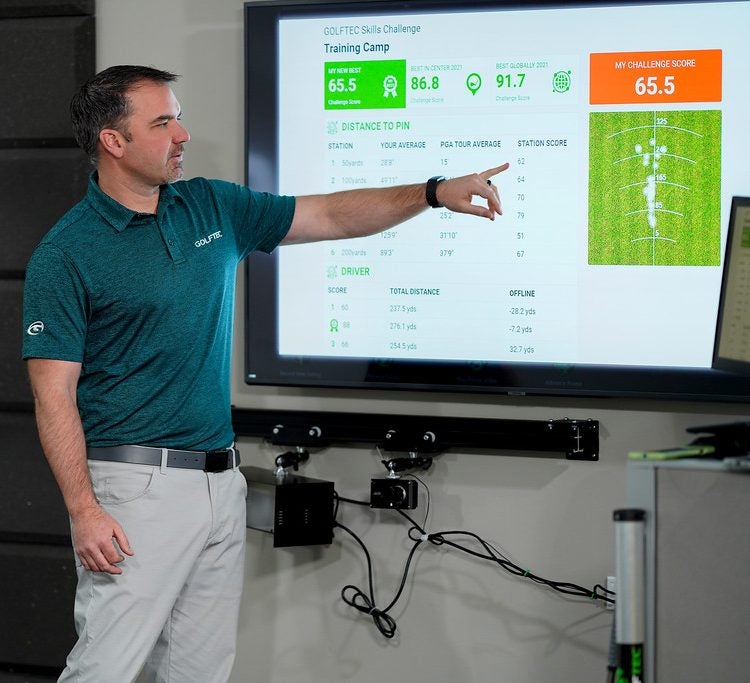
Swing Evaluation for GOLF.com Readers!
When Morikawa adopted the fade he’s known for today — the summer before college — it was because it was a move he felt comfortable making, and he finally had the strength to do it fast enough. It required a variety of technical shifts: holding more flex in his lead wrist, a different release pattern, and a re-tooled takeaway. But he got there by practicing something rather more simple: Hitting “a lot of chips and punch shots from 40 yards” to promote better clubface awareness. That miniaturized move rubbed off on his full swing and, more importantly, gave Morikawa the tools to fix things himself when they started getting off.
“He was getting that instant feedback from the ballflight,” Sessinghaus says. “He owned his swing. He understood his most common shot patterns and tendencies.”
The complex art of keeping things simple
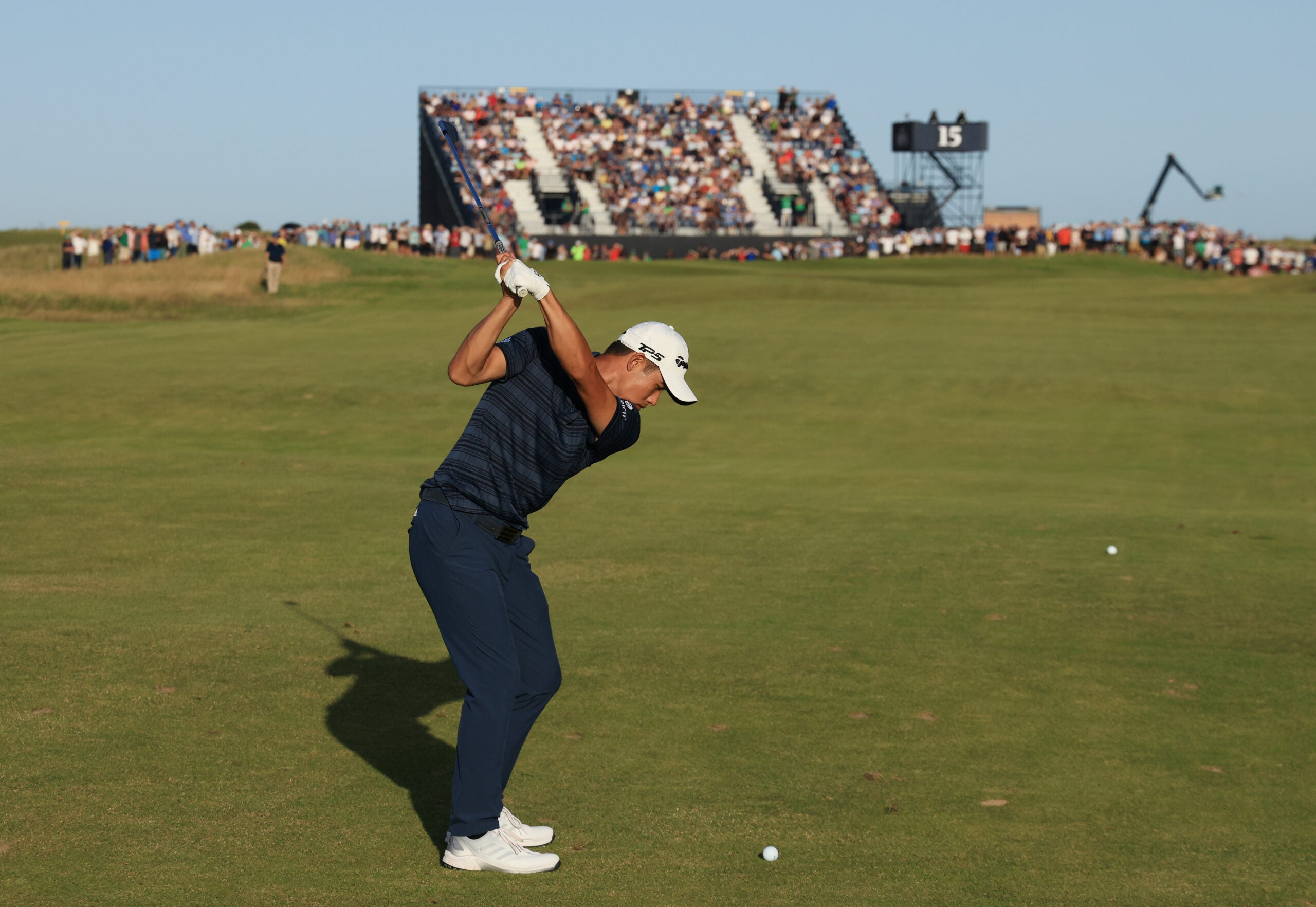
Fast-forward to Sunday at Royal St. George’s, and we saw the result: A ball-striking marvel and technical phenom, who is seemingly singularly concerned with playing only the course in front of him.
“Every shot’s a new challenge, every day is a new challenge,” he said on Sunday, trophy in-hand. “Even though it’s sometimes frustrating, you look at some of the best players, their demeanor is that calm, cool, relaxed, but they’re so driven, right? The end goal is still there.”
Morikawa talks a lot about processes and goals. When he does venture into the golf swing, it’s always feel-based and simple, like his go-to swing thought: Keeping his hands below his ears.
In an era where information about the swing has never been more easily available, Morikawa has become the poster boy of picking-and-choosing. In trying to play this game we all love better, so many golfers gravitate towards the range, and leave behind the messy art of learning to get your ball in the hole.
Morikawa, at just 24 years-old, seems to have mastered that art, all by thinking about the golf swing a lot less, and everything else a little bit more.
